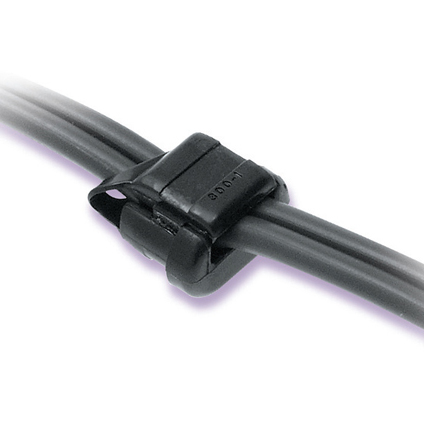Security and Fire Alarm Cable Standards
What comes to mind when you think of fire and security systems? Probably smoke detectors and alarms blaring, cameras recording, and doors locking into place. What's less visible, but essential to the scenario, is the fire and security system cabling that connects and powers it all throughout the building.
The cabling in fire and security systems must go beyond simply carrying signals to and from a control panel. The cables must stand up to environmental stress, meet stringent safety standards, and give uninterrupted, reliable performance. Here’s how fire and security system cabling provides the invisible infrastructure and support for your most critical safety systems.
The Backbone of Fire and Security Systems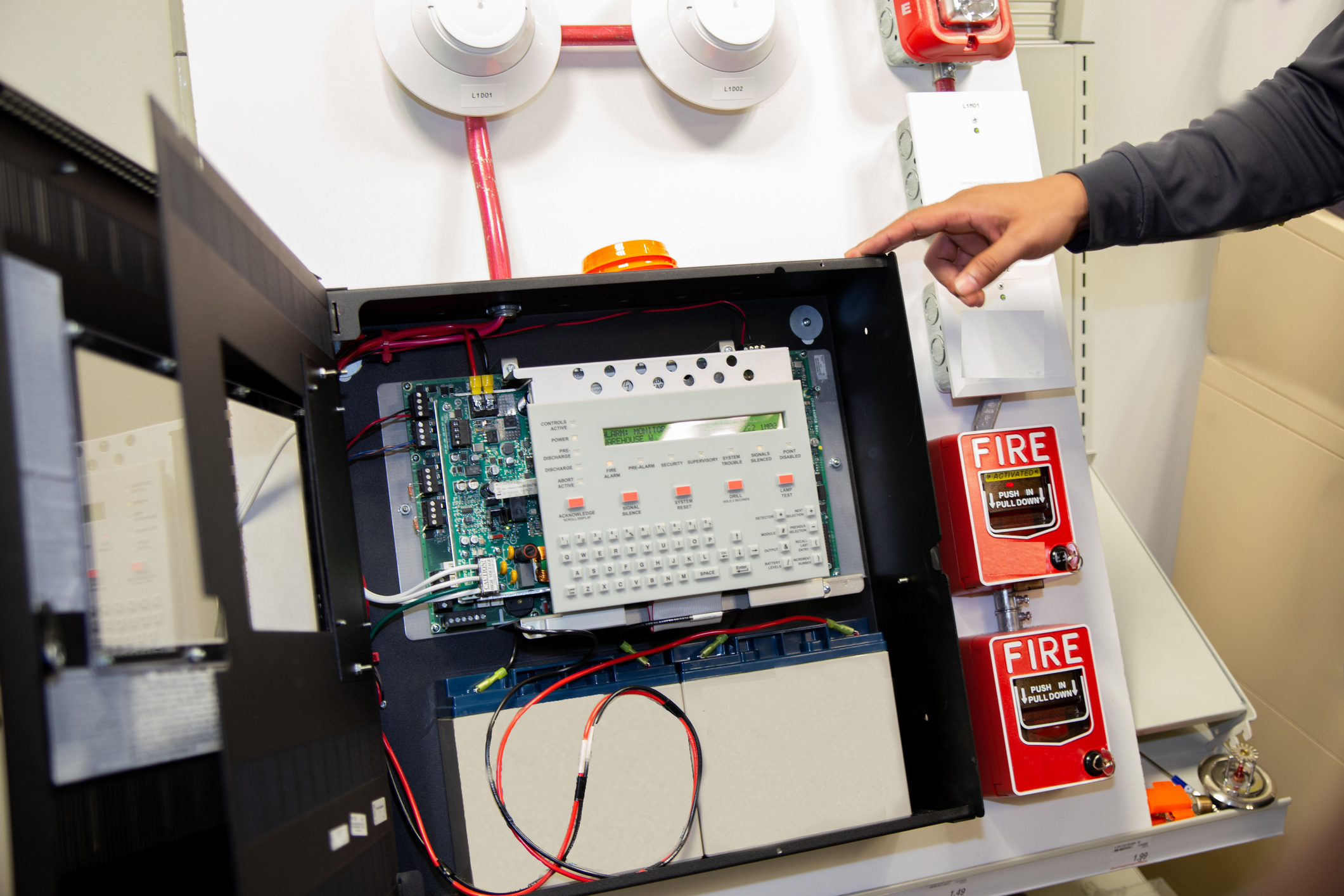
Every security system and fire alarm panel is vulnerable to failure, no matter how advanced. If the right cable isn’t used in the setup, you put a lot at risk—potential downtime, code non-compliance, and, worse, lives at risk during an emergency.
The spread of fire is a serious concern, and industry standards are made to prevent physical damage during a fire emergency.
So, how does cabling support fire and security systems? What is the difference between fire-resistant and fire-retardant designs? What should you know about material, UL, and NEC standards when choosing cabling?
Every emergency and security system depends on reliable cabling. Fire alarms must transmit signals to control panels the moment smoke and heat are detected. Security cameras need consistent data transfer to provide clear, real-time video. Access control systems rely on door sensors, card readers, and locks working in sync to secure points of entry.
When cabling is poorly matched to the environment, or if you choose a substandard option, failures can escalate quickly. A security camera feed may cut out during a break-in. A fire alarm could lose a signal in a critical moment. Cabling is also about compliance, and if your installations don’t meet UL and NEC codes, they could fail inspections, hold up occupancy permits, and expose building owners to liability.
Fire and Security Cable Use in Different Environments
Fire and security cabling provide connections in a wide range of environments. When you explore some of the examples, you can quickly see why it’s incredibly crucial to select the right type of cable for your application.
- Hospitals: Fire alarm cables must function reliably under extreme heat conditions, as evacuation systems cannot fail during an emergency. LSZH (Low Smoke Zero Halogen) cable jackets help limit toxic emissions—something that’s critical for protecting patients who can’t evacuate quickly.
- Retail Stores: Security camera cable must be shielded from interference, so retailers have access to reliable video for loss prevention and incident review. Shielded cables help to prevent disruptions, which is particularly important for getting usable footage for court or insurance claims.
- Commercial Offices: For multi-story access control systems, multi-conductor cables are required to handle the tasks. They may be used for card readers, sensors, and locks simultaneously. Riser-rated cabling helps ensure that signals travel between floors without allowing flames to spread.
- Industrial Facilities: Industrial environments can be some of the harshest homes for cable. Chemical resistance, abrasion protection, or LSZH jackets may be required to ensure worker safety. Fire-resistant cabling is essential for high-heat and high-vibration environments, ensuring that alarms and monitoring systems remain functional.
While fire and security system cables are required in nearly any type of commercial building, you can see from these examples that cable isn’t just a technical decision to make during construction. Choosing the right cable is vital for the safety, efficiency, and compliance of the entire system, often for years of use.
Fire-Resistant vs. Fire-Retardant Cables
Are all fire system cables the same? It makes sense that they would all be able to stand up to fire, but what’s the difference between fire-resistant cables and fire-retardant cables?
- Fire-Resistant Cable is specially engineered to keep circuits operational, even when the cable is directly exposed to flame. Often, these cables feature special insulation or silicone rubber layers to preserve the circuit integrity under high temperatures. Fire-resistant cable is especially important for life-safety systems that need to work long enough for evacuation, sprinkler activation, and to guide emergency responders.
- Fire-Retardant Cable is cable that prevents fire from spreading. That means the cables are designed to resist ignition and the propagation of flames. These cables often feature LSZH jackets. Even though they may not carry a signal once they’ve been directly exposed to fire, they minimize the risks of smoke and toxic gas to protect building occupants and equipment during emergencies.
In a subway or an airport terminal, fire-resistant cables ensure that emergency lights and alarms keep functioning, even if flames spread. In an office tower, fire-retardant LSZH cables reduce levels of toxic smoke if a fire occurs in a plenum space. This gives occupants time to evacuate safely.
Both types of cable serve an important function. When selecting cable, it’s important to know what type is required for code compliance and what will be best suited for your particular application. Local codes must also be followed to determine which cable is best suited for specific spaces. Inspectors are trained to verify the proper distinctions before certifying that a construction project meets code.
Fire and Security Cable Materials and Design Features
The performance of a fire or security cable depends entirely on its construction. There are several things to look for when selecting cable for fire and security applications.
Insulation
Materials like silicone rubber, cross-linked polyethylene (XLPE), or mineral insulation offer heat resistance and help ensure that electrical properties are maintained during a fire.
Jackets
LSZH jackets are the preferred choice for use in most modern buildings. These cables limit smoke and prevent the release of halogen gas, which can be deadly in confined spaces.
Shielding
Cables that feature foil or braided shields are protected against electromagnetic interference (EMI). Protection is crucial for security cameras and access control data signals.
Conductors
Solid copper is the most common conductor choice in fire alarm circuits. It’s reliable and easy to work with. Stranded conductors may be suited for applications that require more cable flexibility.
Color Coding
Fire alarm cables are often jacketed in red to provide easy and practical identification during installation and inspection. Because these cables play such an important role, they must be identifiable at a glance.
It’s important to choose the right combination of materials when selecting cables. You need to have cable that is durable enough for everyday wear and tear, and will also perform dependably in emergency conditions.
Understanding Fire Alarm Cable Standards
Compliance with fire alarm cable standards isn’t optional. Under U.S. codes (and most other codes), it's a mandatory requirement. Three main authorities define these crucial standards for security and fire alarm cables.
UL 1424
UL 1424 pertains to Power-Limited Fire Alarm Cable. It specifies flame tests, conductor insulation, and jacket performance. There are three categories within UL 1424:
- FPL (Fire Power Limited): FPL cables are general-use cables; typically for use within a single floor.
- FPLR (Riser-Rated): Cable specially designed for the vertical riser space between floors, with stricter flame tests.
- FPLP (Plenum-Rated): The highest-rated cable, plenum-rated cables are designed for use in plenum spaces where air circulates. FPLP cables must provide strict control of smoke and flame spread.
NEC Article 760
The National Electric Code, or NEC, governs fire alarm systems under Article 760. The code defines the installation requirements for fire alarm circuits, including the separation of power-limited and non-power-limited circuits. Environmental requirements are also described.
For example, in plenum spaces, FPLP cable must be used. Vertical shafts require FPLR. If the cable doesn’t match the rating, it will fail inspection and delay building occupancy while the issue is resolved.
NFPA 72
The National Fire Alarm and Signaling Code, published by NFPA, also offers guidance on fire and security system design, testing, and maintenance. Together with UL and NEC, it creates a framework that installers and building owners must follow.
What happens in cases of non-compliance with security and fire system cable standards? Unfortunately, it can become a costly issue. The project often grinds to a halt. Rework is required. The situation can even expose companies to legal liability. If an inspector finds riser cable in a plenum space, for example, they may require that entire sections of cabling be replaced to grant occupancy permits.
Selecting the Right Cable for Your Application
Choosing the best fire or security system cable for your application depends on the type of system and the expected environment. Here are several common application scenarios and how the cable choice plays a role.
- Schools and Universities: In schools, universities, and other such institutions, plenum spaces above ceilings often require FPLP cable with LSZH jackets to protect occupants in case of smoke from fire. The added protection helps ensure safe evacuation of large groups of students or residents, which may take time in an emergency.
- Warehouses: Long, vertical runs require FPLR riser-rated cabling. Shielding may be necessary for the security camera system cable, as it could be exposed to electromagnetic interference from machinery and equipment. Without shielding, you risk video feeds cutting out at inopportune times.
- Healthcare Facilities: In a healthcare setting, fire-resistant cable is a must. This cable ensures alarms, emergency lighting, and life-safety communications remain functional during an emergency. Staff and patients rely on these systems for safe and fast evacuation, when every second counts.
- Data Centers: These applications require a mix of fire-retardant LSZH cabling for network and power distribution, combined with fire-resistant circuits for alarms and suppression systems. In a data center, sensitive electronic equipment must be safely protected, as well as the people who operate the equipment.
Every fire and security system cable application requires some balance between performance, safety, and standard compliance. So how do you get it right? Use a knowledgeable supplier like IEWC to ensure you have the right match for each installation.
The real-world consequences of mismatched cabling can be very serious. Toxic smoke and fire can spread in plenum spaces and between floors. Choosing the wrong cabling, such as a type that's non-UL-listed, can also result in inspection failure, expensive rework requirements, and liability for installers and building owners.
Protect yourself and future building occupants by making the right fire and security system cable selection. These systems protect people, property, and assets. The cable ensures that alarms sound, cameras record, and access points are secure when they're needed for survival.
IEWC provides an extensive range of fire and security cabling solutions designed to meet these demands. From plenum-rated fire alarm cable to shielded access control wiring, IEWC can help you source the right products to keep your installations safe, efficient, and code-compliant. Questions about your fire or security system cable selection? Reach out to our team to learn more.
Related Resources
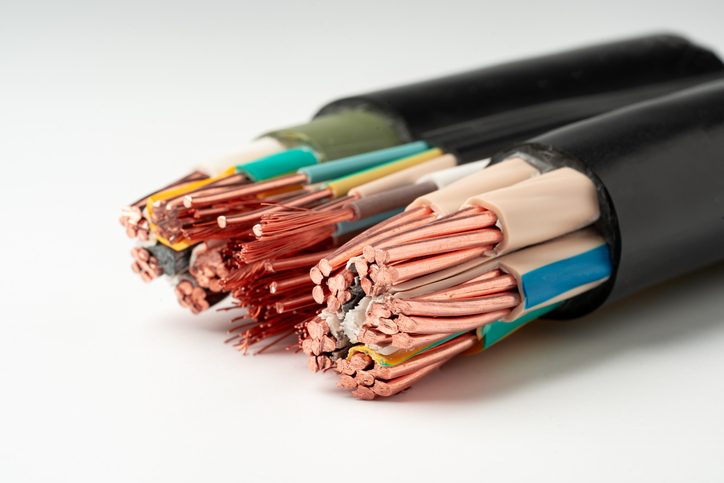
What is a Cable?
Cable, or cabling, consists of the twisting together of two or more insulated conductors.Learn More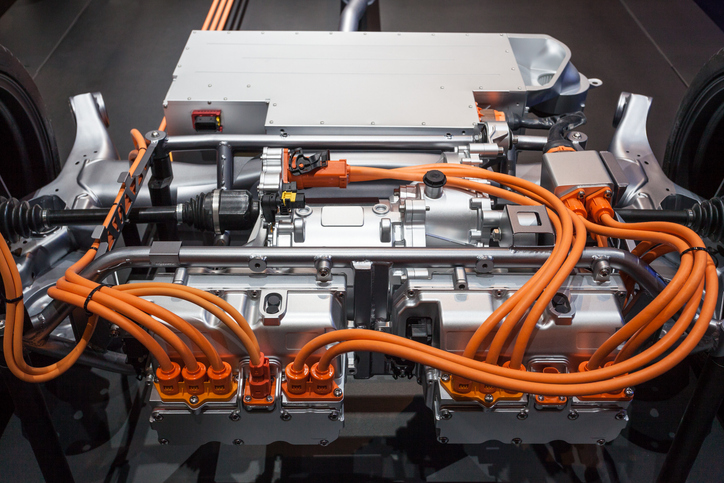
High Voltage Wire & Cable Guide
High-voltage or HV wire and cable are necessary for many industrial applications that rely on dependable high-power transmission. Whether you’re looking for the right HV cable for your application or trying to learn more about how HV wire and cable work, we’ll break it down for you.Learn More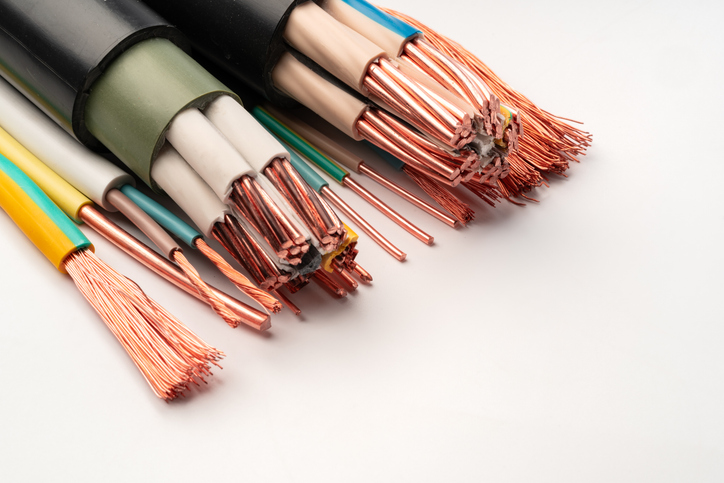
How to Choose the Right Wire or Cable
In selecting a wire or cable for an application, several factors should be considered. Learn More